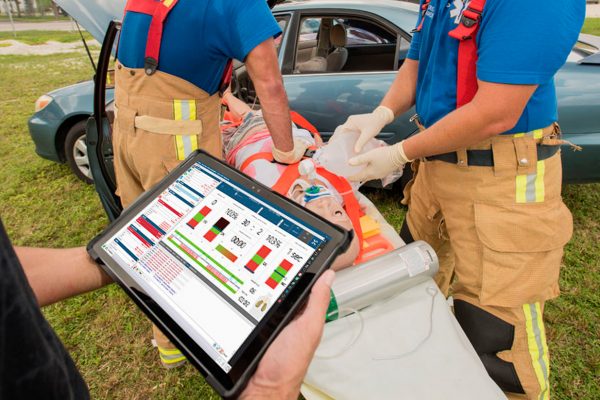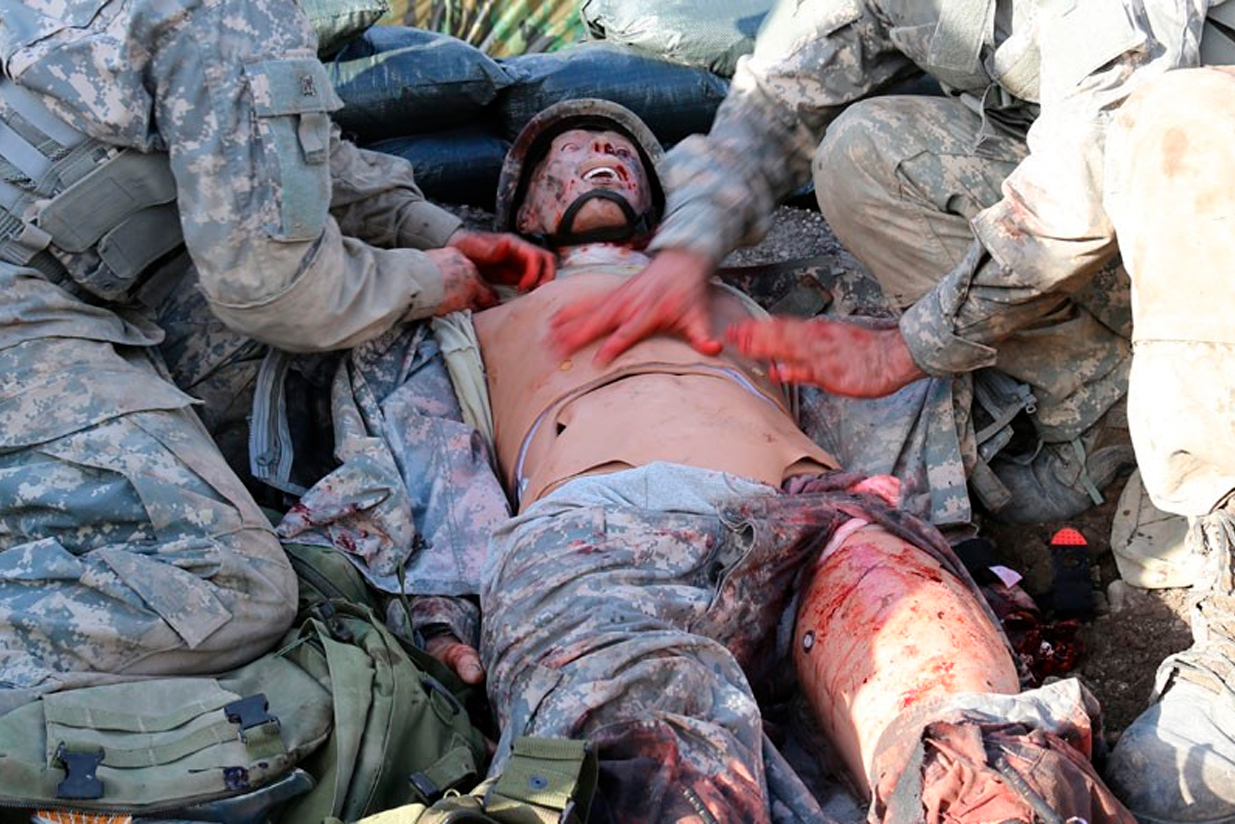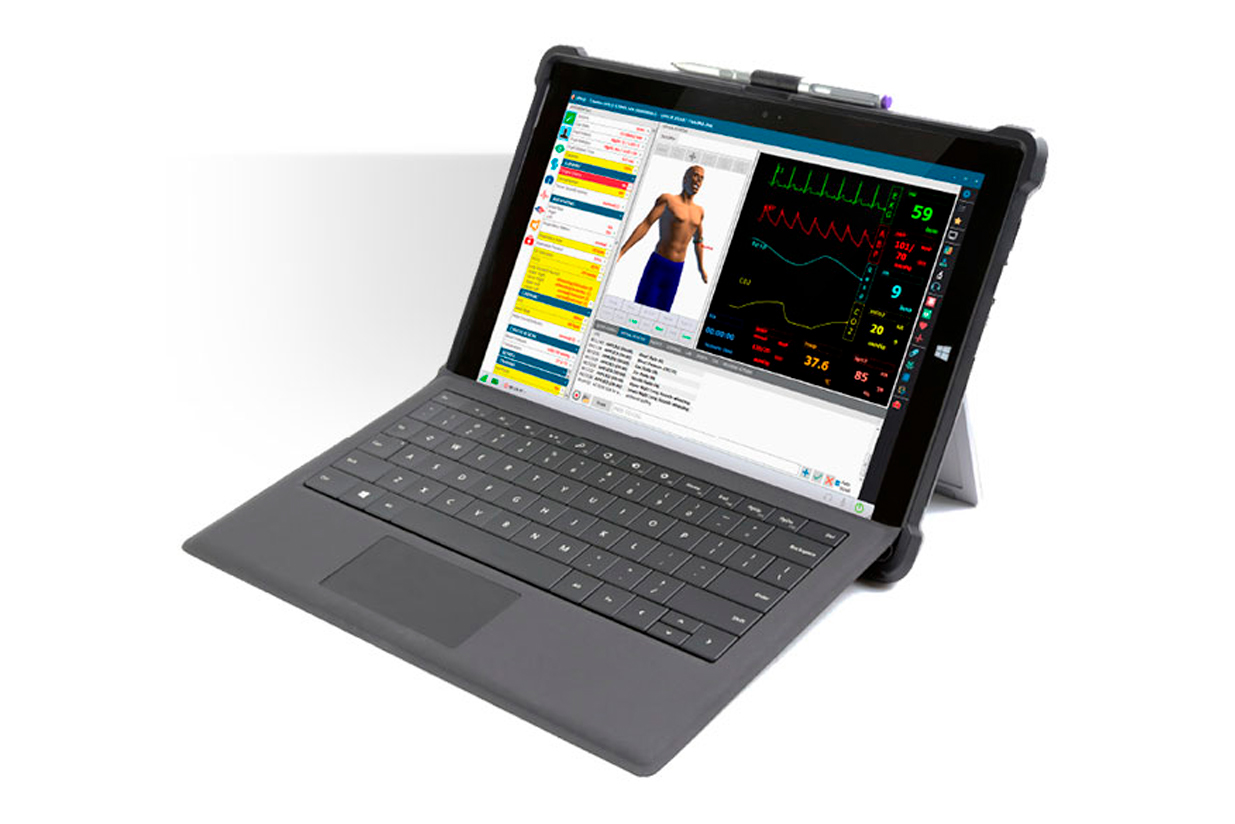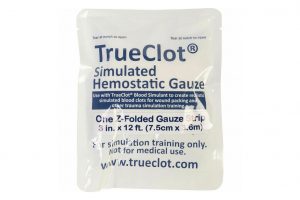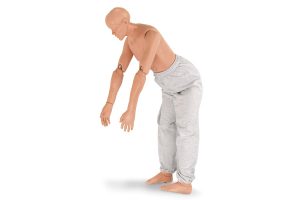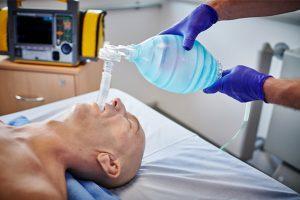CASOS E PATOLOGIAS
SIMULATION LEARNING EXPERIENCE:- The new Simulated Learning Experiences (SLE) scenario packages provide you with a library of ready-to-use, evidence-based scenarios, and supports content designed to help you maximize training and learning.
- Pre-programmed scenarios:
- Airway Trauma Secondary to an IED Detonation
- Acute Respiratory Distress Syndrome Secondary to Motor Vehicle Crash
- Blast Injury in a Civilian Setting
- Potential Concussion or Hypovolemia
- Fall-Related Injuries
- Gunshot Wound To The Chest
- Gunshot Wound To The Leg
- Traumatic Limb Amputation Secondary to Motorcycle Crash
- Traumatic Limb Amputation And Possible Traumatic Brain Injury
- Traumatic Multiple Limb Amputations with Possible Traumatic Brain Injury

